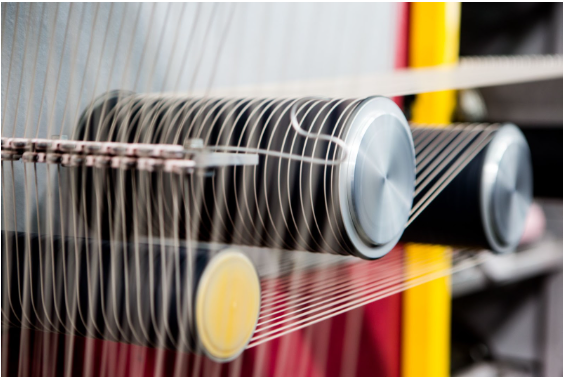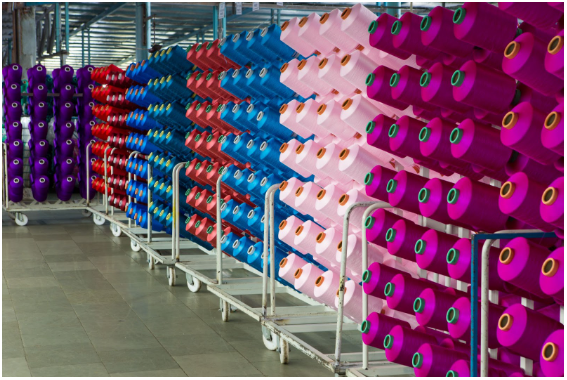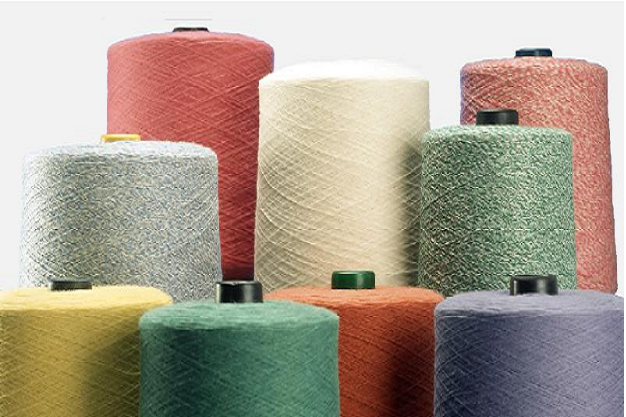If you’ve ever wondered what makes fabrics strong, stretchy, and durable, the answer often lies in multifilament yarns. These fine, flexible fibers play a huge role in industries like textiles, sportswear, automotive, and even medical applications. In this guide, we’ll explore what multifilament yarns are, how polyester and nylon multifilament yarns compare, and their various uses.
What Are Multifilament Yarns?
Multifilament yarns are made up of multiple continuous filaments twisted or grouped together to form a single strand. Unlike monofilament yarns (which have a single continuous strand), multifilament yarns provide better strength, flexibility, and a softer feel. This makes them ideal for applications where comfort and durability matter.
The two most commonly used multifilament yarns are polyester multifilament yarns and nylon multifilament yarns. Each has unique properties that make it suitable for different industries and products.
Polyester Multifilament Yarn
Polyester multifilament yarn is one of the most widely used synthetic yarns in the world. It is made from polyethylene terephthalate (PET) and is known for its durability, moisture resistance, and versatility.
Key Features of Polyester Multifilament Yarn:
High Strength & Durability
– Polyester fibers are tough and resistant to wear and tear, making them great for long-lasting fabrics.
Moisture & Stain Resistance
– Polyester does not absorb moisture easily, making it ideal for outdoor and sportswear applications.
Wrinkle & Shrink-Resistant
– Fabrics made from polyester multifilament yarn retain their shape well and require minimal ironing.
Cost-Effective
– Polyester is generally more affordable than nylon, making it a popular choice for mass production.
Common Uses of Polyester Multifilament Yarn:
- Textiles & Apparel – Used in clothing, sportswear, and fashion fabrics.
- Home Furnishings – Found in curtains, upholstery, and carpets.
- Industrial Applications – Used for ropes, conveyor belts, and safety harnesses.
- Automotive Industry – Found in seat belts, airbags, and car seat fabrics.
Nylon Multifilament Yarn
Nylon multifilament yarn is another synthetic yarn known for its superior elasticity, strength, and abrasion resistance. It is widely used in applications that require high flexibility and resilience.
Key Features of Nylon Multifilament Yarn:
Exceptional Strength & Elasticity
– Nylon has a high tensile strength, making it ideal for products that require durability and flexibility.
Lightweight & Soft Feel
– Compared to polyester, nylon is softer and has a silkier texture, making it comfortable for clothing.
Great Abrasion Resistance
– Nylon can withstand rough usage, making it perfect for heavy-duty applications like ropes and nets.
Water & Chemical Resistance
– Nylon repels water and is resistant to many chemicals, making it useful for marine and industrial applications.
Also Read: Difference Between Polyester Yarn and Nylon Yarn
Common Uses of Nylon Multifilament Yarn:
- Sportswear & Activewear – Used in swimwear, yoga wear, and compression garments.
- Fishing & Marine Industry – Used in fishing nets, ropes, and parachutes.
- Industrial Applications – Found in conveyor belts, tire cords, and filtration fabrics.
- Medical Applications – Used in surgical sutures and bandages due to its biocompatibility.
Also Read: What is Polyester Yarn?
Conclusion
Both polyester multifilament yarns and nylon multifilament yarns are essential in textiles and industrial applications. While polyester is known for its durability, moisture resistance, and affordability, nylon stands out for its high elasticity, softness, and abrasion resistance.
Choosing the right yarn depends on your specific needs—polyester is great for strength and cost-effectiveness, whereas nylon is ideal for flexibility and superior durability.
With sustainability becoming a priority, recycled yarns like PolyCycle™ by AYM Syntex offer an eco-friendly alternative without compromising on quality. Whether for fashion, home furnishings, or industrial use, understanding these yarns can help you make the right choice.




